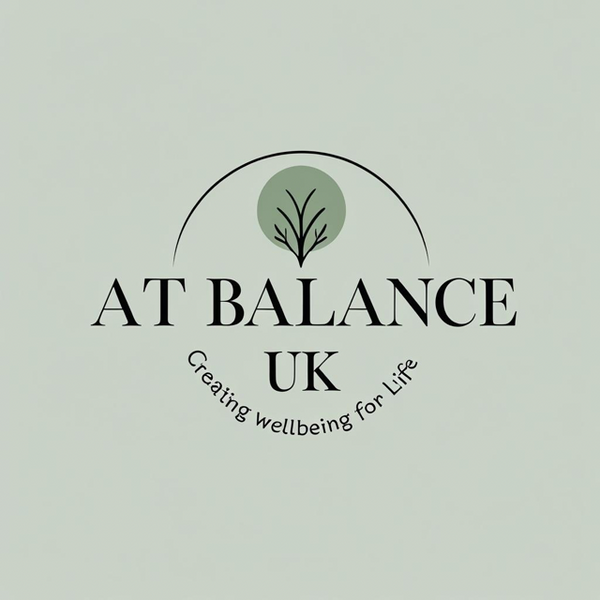
The Impact of Stress
Today, the study of stress encompasses not only physiological mechanisms but also social, cognitive, and emotional dimensions. From workplace wellness to chronic disease prevention, the legacy of Hans Selye and his successors continues to shape how we understand the delicate balance between challenge and adaptation in human life. Many researchers expanded and refined the concept of stress across disciplines:
Walter Cannon found the “fight or flight” response and the role of the sympathetic nervous system in preparing the body to face threats. His concept of homeostasis as the body’s effort to support internal stability it became central to later models of stress. Hans Selye, was a pioneering endocrinologist is often called the “father of stress research.” Selye’s work transformed what was once a vague notion of strain or pressure into a measurable physiological process with far-reaching implications for health and disease. Hans Selye introduced the term “stress” to describe the body’s nonspecific response to any demand placed upon it. His studies in the 1930s and 1940s revealed that animals exposed to various harmful or demanding stimuli whether cold, heat, infection, or emotional distress displayed a consistent pattern of physiological changes.
From these findings, Selye formulated the General Adaptation Syndrome (GAS), which has three stages:
Alarm Reaction: The body’s immediate response to a stressor, marked by activation of the “fight or flight” response and the release of stress hormones such as adrenaline and cortisol.
Resistance Stage: The body tries to adapt to the ongoing stressor, by keeping heightened alertness and energy mobilization.
Exhaustion Stage: Prolonged exposure depletes adaptive energy, leading to burnout, illness, or even death.
Selye’s framework highlighted that stress itself was not inherently harmful what mattered was its intensity, duration, and the individual’s ability to adapt. He famously differentiated between eustress (positive, motivating stress) and distress (harmful, overwhelming stress), a distinction that is still influential in both medicine and psychology. Bruce McEwen advanced the biological understanding of stress through his concept of allostatic load, describing how chronic stress can lead to wear and tear on the body’s systems over time. This integrated physiological and behavioural approach linked stress directly to disease processes. Richard Lazarus introduced a psychological dimension to stress, emphasizing how individuals perceive and interpret potential stressors. His transactional model of stress and coping shifted attention from external events to subjective evaluation, making stress a dynamic interaction between person and environment.
In modern life full recovery can be difficult. Work demands, financial concerns, social media, and emotional strain mean that the stress switch never turns off. Over time, this constant activation can turn into chronic stress. In this state your body and mind are engaged in high alert. Scientists call the cumulative effect allostatic load. This refers to the 'wear and tear' stress places on your body when recovery never occurs. Eventually the effect of this can silently damage multiple systems over time. Your brain and your mental health can be affected. Wear and tear can impair concentration, memory, and decision-making. Long term exposure to cortisol can have a negative impact on the areas of the brain that are responsible for learning and emotion.
Your Mental health can be affected by stress as it can cause depression, anxiety and disrupt your sleeping patterns. Your Immune system, and your Inflammatory systems may become inflamed because of stress. It has been linked to diabetes and heart disease. Stress can also contribute to insulin resistance and Type 2 diabetes. It can also raise your blood sugar levels and affect the fat that is stored in your abdomen. Muscle tension, Jaw clenching and teeth grinding are also attributed to stress as well as low libido and hormonal imbalance.
Building Resilience: The Path Back to Balance
While we can’t eliminate stress entirely, we can change how we respond to it. Building resilience means developing the ability to recover more quickly and reduce the physical and emotional impact of stress
That’s exactly what the At Balance UK Stress Management & Resilience Course is designed to do.
In this course, you’ll learn to:
Understand how stress affects your mind and body
Identify early signs of stress overload
Use breath work, and grounding techniques to reset your nervous system
Reframe negative thoughts and strengthen coping strategies
Build habits for long-term emotional and physical balance
You can gain the practical skills that improve your wellbeing, your productivity, and emotional stability that go far beyond Stress
Join today and take your first step towards calm, confidence, and control. Don’t wait for stress to control you. Reclaim your balance now.
Click here Stress Management and Resilience course to develop practical skills.
Sources
Cannon, W. B. (1932). *The wisdom of the body.* W. W. Norton & Company.
Lazarus, R. S., & Folkman, S. (1984). *Stress, appraisal, and coping.* Springer Publishing Company.
McEwen, B. S., & Stellar, E. (1993). Stress and the individual: Mechanisms leading to disease. *Archives of Internal Medicine, 153*(18), 2093–2101. https://doi.org/10.1001/archinte.1993.00410180039004
Selye, H. (1950). *The physiology and pathology of exposure to stress: A treatise based on the concepts of the general adaptation syndrome and the diseases of adaptation.* Acta, Inc.
